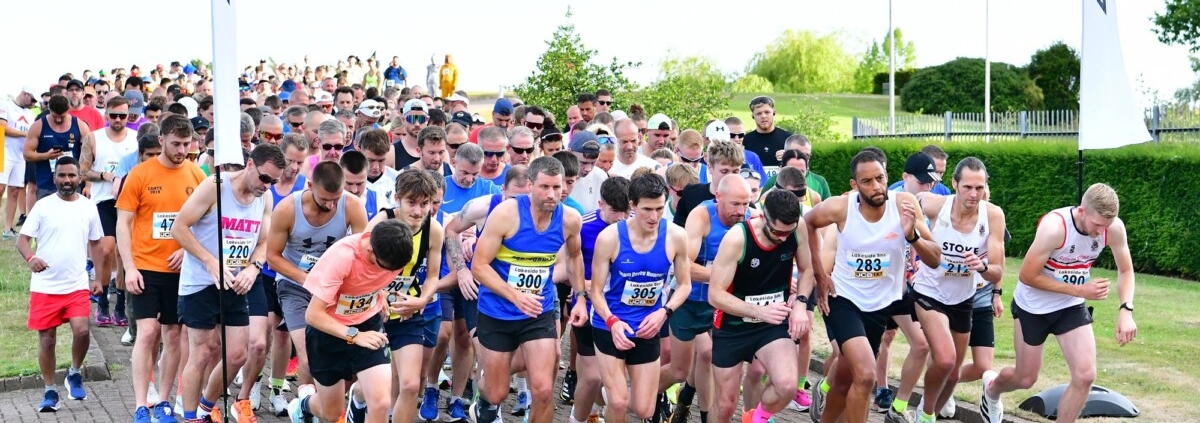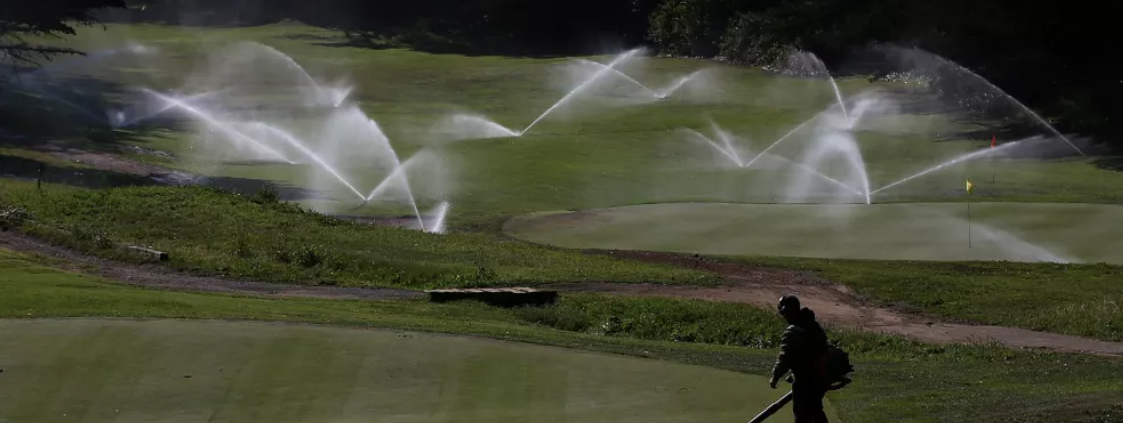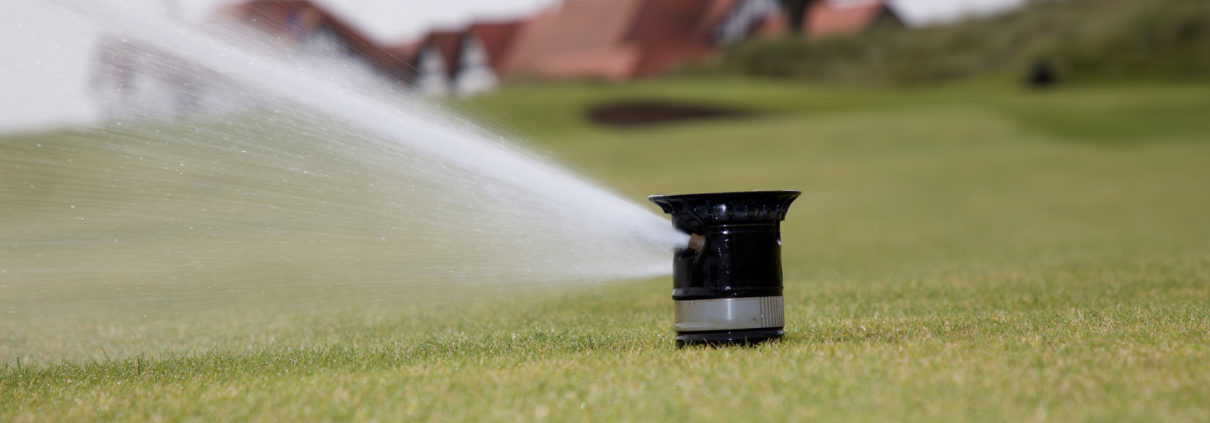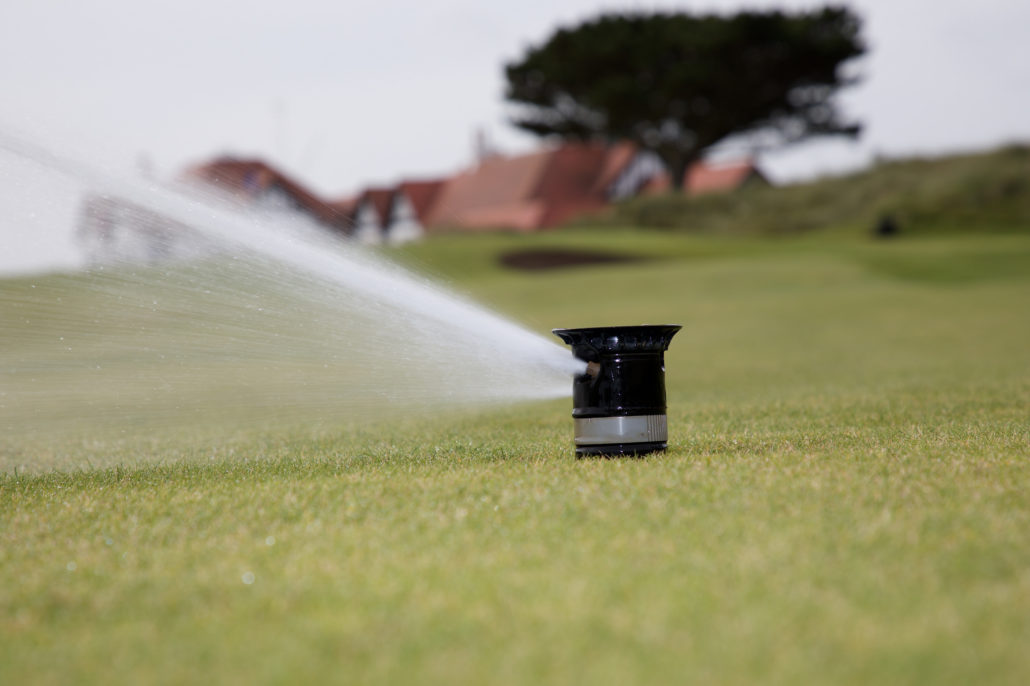Hundreds brave heat as Lakeside 5 raises thousands
Hundreds brave heat as Lakeside 5 raises thousands: Almost 450 runners braved soaring temperatures to compete in the annual JCB Lakeside 5 and Fun Run – raising £4,300 for charity.
The competitors laced up their running shoes to take on either a five-mile course or two-mile fun run around the picturesque JCB World HQ at Rocester. While most dressed to keep cool as temperatures nudged 28˚C, some runners donned colourful fancy dress outfits based on the Wizard of Oz. Charles Bevan, 78, of Abbots Bromley, dressed as the Tin Man, while his son Jason and fellow JCB Lakeside Running Club members Liz Carrington, Helena Fisher and Ben Ord, came as the Lion, Wicked Witch, Dorothy, and Scarecrow. The event raised £4,300 towards JCB’s £2 million appeal for the NSPCC.
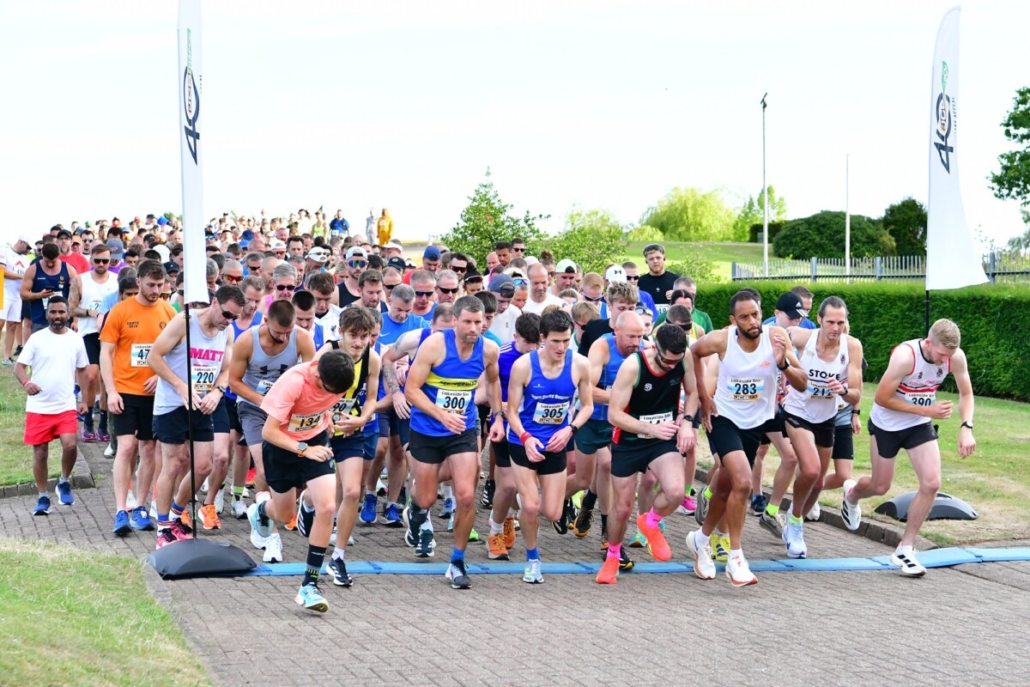
Hundreds brave heat as Lakeside 5 raises thousands
Former JCB employees Charles Bevan and Mick Grindey, 63, of Uttoxeter, have the unique distinction of having run in every single JCB Lakeside 5 since the first was held in 1983 – a total of 40 races, three having been cancelled due to Foot and Mouth and Covid. They were presented with mounted scale models of JCB backhoe loaders to honour 40 years of helping organise the JCB Lakeside 5.
Charles said: “This year is full of mixed emotions as it is likely to be my last race. I am 79 next month and I have run every year dressed as everything from Popeye to Fred Flintstone and even a pantomime horse. I have loved every minute, and I am so proud of what we have achieved raising thousands of pounds for good causes. The support we receive every year is amazing and it was great to see so many people here again this year as we mark our 40th race here at JCB.”
Race Director Mick Grindey, who joined Charles at the starting line, said: “It was 28 degrees on the starting line, so we have been touched by all the support this year. It was definitely one of the busiest we have had and to have run beside Charles on each one over the past 40 events has been an honour.”
Ben Marshall, from Werrington, was the first JCB man to cross the line. Based at JCB’s World HQ, it is the 3rd time he has taken part. Joined by a team of runners from the Backhoe Loader assembly line, he completed the course in 29 minutes and 53 seconds.
Dental hygienist Angela Kiwomya came in at 49 minutes and 50 seconds to claim the place as first JCB woman over the finish line. She said: “It is the first time I have taken part and was great to be part of the event. The atmosphere is amazing, and it was rewarding to do something for such a good cause.”
Chris Gidlow, of City of Stoke Runners, was the overall winner securing first place for the second time in a row. Beating his last time by just over 10 seconds he made it across the line in 26 minutes and 44 seconds. First female was Joanne Bentley, from Stone, who also claimed the title for the second time crossing the line in 35minutes 1 second.
Uttoxeter Road Runners had a team of 25 runners with Andrew Butterworth, of Uttoxeter, dressed as a dinosaur for his 10th JCB Lakeside 5. He said: “I normally just wear a wig and tutu so it was definitely a lot warmer with the full dinosaur outfit in this heat. The crowd were brilliant though and it was a great atmosphere.”
JCB’s Paula Woods, who works in finance at World HQ, took to the track for the first time with colleague Mark Jeffs. The 54-year-old said she was keen to take on the challenge: “I figured if I didn’t do it now, I never would, and I have found the whole experience really inspiring. It was a lot harder than expected with the hills.”
Among the other competitors were a 15-strong team of JCB India colleagues and their families. They are part of a group of design engineers in the UK on secondment from JCB India’s factory in Pune they wanted to join colleagues in racing. Badjarang Jadhav said: “It was a great experience to share with our families, and we have all enjoyed being part of such a fun event here at JCB.”
For the latest industry news visit turfmatters.co.uk/news
Get all of the big headlines, pictures, opinions and videos on stories that matter to you.
Follow us on Twitter and Instagram for fun, fresh and engaging content.
You can also find us on Facebook for more of your must-see news, features, videos and pictures from Turf Matters.

